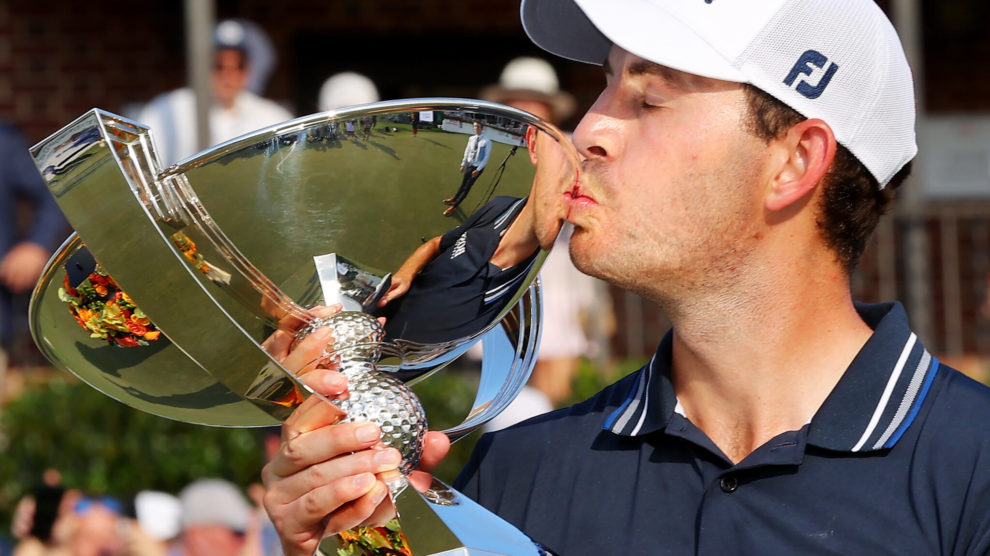In golf, pace of play matters. Lots of golfers can't stand 18-hole rounds which drag into five or six hours of their day. Part of golf's pace of play problem is many golfers simply choose to take as long as they need to hit a shot, or they don't get moving quickly enough when it is their turn to play a shot.
So while golf doesn't have a shot clock (most of the time), the Rules of Golf do tell us approximately how long we should take to hit a shot once it's our turn.
How many seconds does a golfer have to hit their shot?
Under Rule 6-7, golfers are not given a specific amount of time to hit a shot, but they're not allowed to cause "undue delay" in a round. Under Rule 33-1, tournament organizers (like a professional golf tour) can set specific time limits for a stroke, hole or round, which is often called "time par."
How long do PGA Tour players have to hit when it's their turn?
The PGA Tour and other professional tours have specific time rules. On the PGA Tour, players are advised to have 40 seconds to hit a shot from when it's their turn. That means, after the preceding player's shot stops at its resting place. And while it may not seem like it at first, 40 seconds is a long time for most golf shots -- though a recovery around a few trees in the woods may take a little longer to figure out before executing.
On the PGA Tour, there are situations where players actually have 60 seconds to hit a shot:
- When they're the first to hit a tee shot on a hole
- When they're first to hit an approach shot
- When they're first to hit a third shot on a par 5
- When they're first to hit a shot around the green, like a bunker shot or chip
- When they're first to hit a putt on the green
As far as the timing of a putt is concerned, the PGA Tour says timing begins "after a player has been allowed a reasonable amount of time to mark, lift, clean and replace his ball, repair his ball mark and other ball marks on his line of putt and remove loose impediments on his line of putt."
A group, or even an individual player, can be put on the clock in a PGA Tour or other professional event because of their specific timing issues causing the entire round to go slower. A group can even be put on the clock when they're the last group on the course, if they're not keeping up with the group in front of them and playing in a reasonable amount of time.
Players can be fined by the PGA Tour if they rack up a series of bad times over the course of the season.

